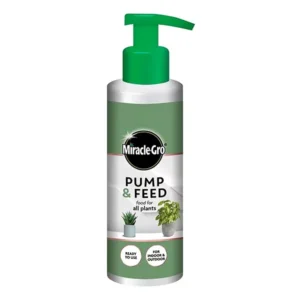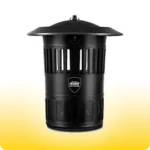Browse Categories
Pest Control
 Garden
Garden
-
Fertiliser
- All Purpose
- Aquatic Plant Fertilizers
- Fruit & Citrus
- Indoor Plants
- Lawn Fertiliser
- Liquid & Soluble Fertiliser
- Natives
- Neem Fertiliser
- NPK Fertiliser
- Orchid
- Organic Fertiliser
- Rose & Flower
- Seaweed Extracts
- Slow Release Fertiliser
- Soil Conditioner
- Specialised Fertiliser
- Trace Elements
- Vegetable & Herb
-
Fertiliser
 Home & Outdoor Living
Home & Outdoor Living
-
Cleaning Supplies
- Adhesive Remover
- All-Purpose Cleaner
- Bathroom & Surface Cleaner
- BBQ & Oven Cleaner
- Brushes
- Carpet & Fabric Cleaner
- Disinfectants
- Drain Cleaners
- Floor Cleaners
- Glass & Window Cleaner
- Grease Remover
- Hand Wash & Sanitiser
- Indoor Eco Cleaning
- Laundry
- Leather Cleaning
- Metal & Stainless Steel Cleaner
- Mould Remover
- Outdoor Cleaning
- Paint Stripper
- Pet Odour & Stain Removers
- Roof Cleaning
- Steam Cleaners
- Sugar Soap
-
Cleaning Supplies
Tools & Hardware
Shop by Brand
Clearance




 Mosquito Traps
Mosquito Traps